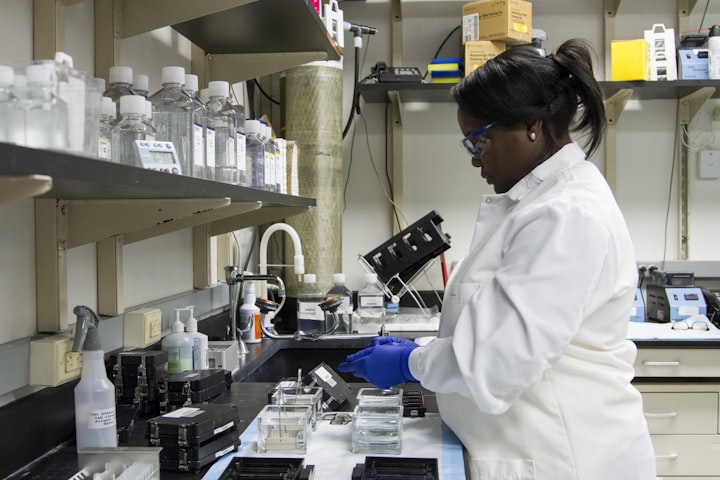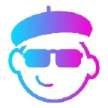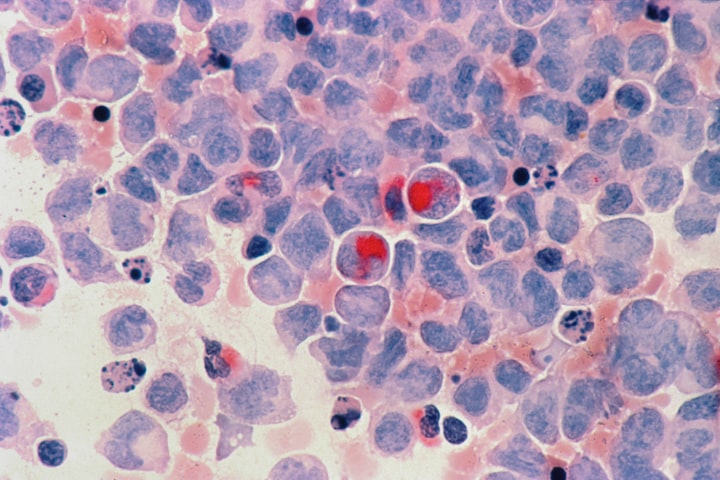How Ferdinand Magellan Came to Sail the Genetic Seas
A Comical Prequel to a Pioneering Explorer’s Dive into DNA

Ahoy! I must confess, in the crafting of this little prequel, I might have enlisted the help of an AI model or two—spirited companions in the narrative arts, though they know not a caravel from a chromosome!
Imagine me, Ferdinand Magellan, renowned for circumnavigating the Earth, now caught in the whirlwind of genetic exploration! How, you ask, did such an ancient mariner come to pen a piece on the Human Genome Project? Gather close, as I recount a tale that rivals any sea voyage for its sheer unpredictability and amusement.
It all began on a day much like any other, except I had just learned the most vexing of truths: my trusty globe was horribly outdated. With the audacity of a man who'd faced the world's edges, I decided it was time for an update. Off to the local market I went, where maps and charts were traded more often than spices in the East Indies.
As I browsed the latest in cartographic advancements, a particularly eccentric booth caught my eye. The sign read: "Genetic Maps: Navigate Your Inner Seas!" Intrigued and slightly befuddled, I approached, only to be greeted by a chap as outlandish as his wares.
"Sir, have you ever considered exploring your own genetic makeup?" he asked, brandishing a tube and a swab with the enthusiasm of a pirate wielding treasure. "It’s the latest frontier, far more thrilling than any earthly expedition!"
Despite my skepticism, his words struck a chord. Hadn't I always sought the unknown, the very fabric of the world and beyond? Before I knew it, I was spitting into the tube, entrusting my genetic secrets to this strange new science.
Weeks passed, and I’d all but forgotten the encounter until a letter arrived, sealed with a double helix—a sign I was soon to learn meant something in the realm of genetics. The results were in, and the findings? As bizarre as discovering the Pacific Ocean was not, in fact, a stone’s throw from the Atlantic.
According to the analysis, my penchant for exploration was not just a quirk of character but woven into my DNA, marked by genes as adventurous as any storied voyager. What's more, the geneticist—let's call him Dr. Genome—invited me to discuss these findings in person, suggesting that my genetic makeup was as rich and uncharted as the new world itself.
With a mixture of excitement and trepidation, I met Dr. Genome, who turned out to be as wild-eyed as any sea captain after a long voyage. He regaled me with tales of DNA, genes, and something called 'sequencing,' which sounded rather like the plotting of a course across the ocean.
"You see, Magellan, your DNA is a map, and we've only begun to chart its territories," Dr. Genome explained, his arms flailing like sails in a gale. "And what we're embarking on—sorry, setting out on," he corrected himself hastily upon my frown, "is akin to what you did in the 16th century, but inside the human body!"
The metaphor was irresistible. Here was a world I hadn't even considered, let alone seen on any of my maps. The human genome was its own vast ocean, replete with mysteries and treasures as valuable as any new continent.
Dr. Genome then made a proposal as unexpected as a storm at sea: would I consider being the spokesperson for this genetic voyage? The idea was to bridge the old world of exploration with the new world of genetics. "Who better than you, Magellan, to help the public navigate these complex waters?"
Flattered and slightly overwhelmed, I agreed. After all, how could I, a man who once sought the edge of the world, ignore such a novel exploration? Dr. Genome provided me with volumes of information, which, I must admit, often read like the enigmatic writings of an oracle. Yet, with the help of my AI companions and a newfound zeal for genetics, I began to piece together the incredible story of the Human Genome Project.
Writing the article was no small feat. Each paragraph was a venture into the unknown, each sentence a step into uncharted waters. I found myself learning not just about genes and their functions but about how these tiny entities influence everything from our health to our behavior.
And so, as I penned the last words of my article, I felt a kinship with those scientists on the brink of great discoveries. Much like my crew and I faced the vast Pacific, these modern explorers faced the vast complexity of the human genome, not with ships and compasses, but with sequencers and supercomputers.
In the end, the journey to understand our DNA is not unlike navigating the globe. Both require courage, curiosity, and a readiness to find wonders in the most unexpected places. And while I may no longer be charting the physical seas, I've found a new, equally thrilling challenge in the genetic seas—a voyage I now invite all to share.
So, there you have it: a tale of how an old explorer found a new world not across the oceans, but within himself and all of humankind. Join me, dear readers, as we set sail not on the waters of the great oceans, but on the swirling currents of our own DNA. What wonders we shall find, not of lands and seas, but of life itself!
About the Creator
ScienceStyled
Exploring the cosmos through the lens of art & fiction! 🚀🎨 ScienceStyled makes learning a masterpiece, blending cutting-edge science with iconic artistic styles. Join us on a journey where education meets imagination! 🔬✨






Comments
There are no comments for this story
Be the first to respond and start the conversation.